Mastering a few basic checkouts below 100 for 501 darts dramatically improves your game, letting you finish legs with confidence. This article will guide you through the most common and effective checkouts from 40 to 100, equipping you with the knowledge to become a more consistent and strategic darts player.
⚠️ Still Using Pen & Paper (or a Chalkboard)?! ⚠️
Step into the future! The Dart Counter App handles all the scoring, suggests checkouts, and tracks your stats automatically. It's easier than you think!
Try the Smart Dart Counter App FREE!Ready for an upgrade? Click above!
Essential Basic Checkouts Below 100 for 501 Darts
Knowing your checkouts is crucial in 501 darts. Having a repertoire of basic checkouts below 100 for 501 darts at your fingertips can significantly improve your average and reduce the number of darts you need to finish a leg. We’ll cover the most important ones and provide practical tips on how to practice them effectively.
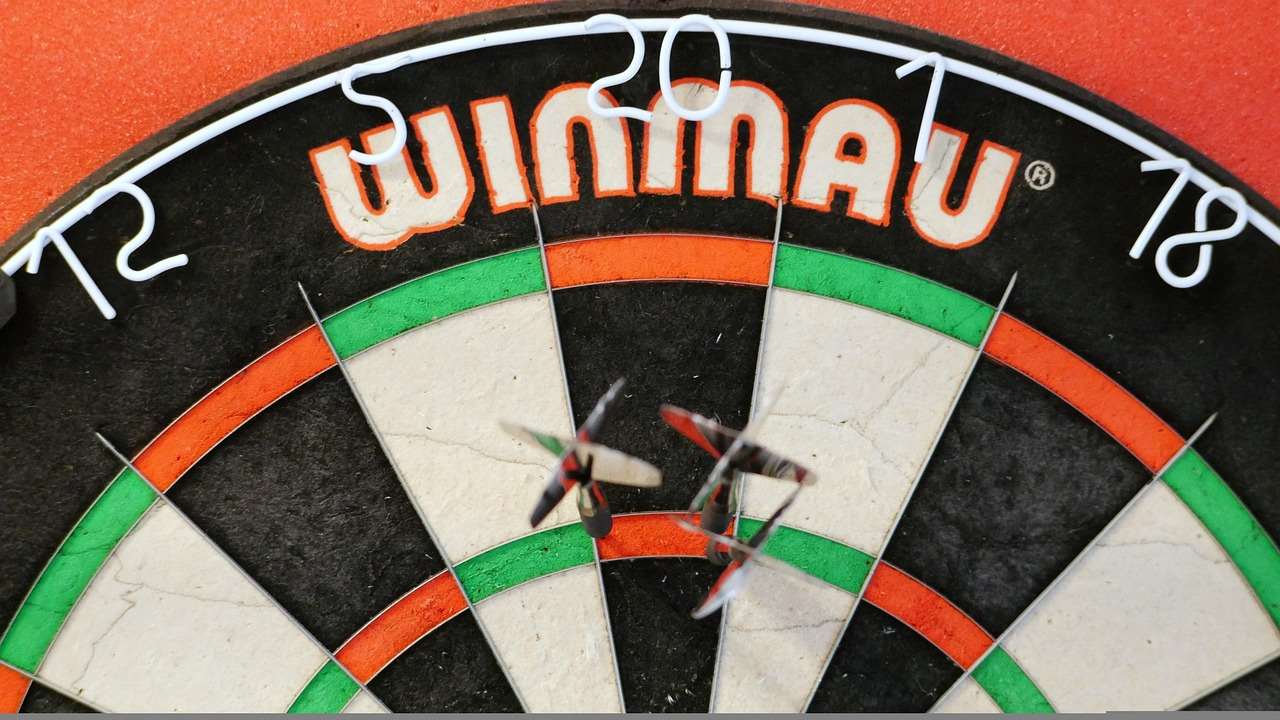
Why Focus on Checkouts Below 100?
Most legs of 501 finish with a score under 100. While hitting big scores is important, consistently converting those smaller numbers into wins is where the real skill lies. Being comfortable with these basic checkouts helps you avoid getting stuck on awkward numbers, allowing for a smoother and more efficient game. Furthermore, focusing on these checkouts is a fantastic way to apply Basic Darts Fundamentals for Beginners.
Key Checkout Combinations: The 40-70 Range
This range is where many players stumble, but with practice, these checkouts can become automatic. We’ll break down the most common ones and offer alternative routes if you miss the first dart.
40: Double 20 (D20)
The most straightforward. Aim for the double 20. If you miss the double, a single 20 leaves you with 20, setting up D10 next turn.
41: Single 1, Double 20 (1, D20)
This checkout is less common to go for directly, but it can appear during the game. Single 1 leaves 40. Focus on a clean single to set up the double.
50: Double 25 (Bullseye – Bull)
Often a good option if you are comfortable with the bullseye. If you miss, you can often leave yourself on a better number for the next turn depending on where the dart lands around the bull.
60: Triple 20 (T20)
Aim for the triple 20. If you hit a single 20, you’re left with 40 (D20). Hitting a double 20 leaves 20 for D10.
61: Single 1, Triple 20 (1, T20)
Another unusual route, but might arise. Ensure a solid single 1 to set up the T20.
Important Note
When practicing these checkouts, don’t just aimlessly throw darts. Visualize the board, pick your target, and follow through with your throw. Repetition with purpose is key. Consider how adapting darts rules for beginners can make practice sessions more effective.
Essential Checkouts: The 71-100 Range
This range requires more strategic thinking and planning, as there are often multiple routes to a checkout. Let’s examine some of the most reliable options.
76: Triple 20, Double 8 (T20, D8)
A very common checkout! Aim for the T20 first. If you hit a single 20, you’re left with 56, which can be checked out with T8, D16 or 16, D20. Alternatively, if you hit a single 16, this leaves you with 60 (T20). If you hit 0, then you are still left with 76.
81: Triple 17, Double 15 (T17, D15)
Not the most common, but it sets up well. Hitting the T17 leaves 30. If you hit a single 17, this leaves 64. Hitting 0 leaves 81 again.
85: Triple 19, Double 14 (T19, D14)
This is another common checkout route. T19 leaves D14 (Double 14). Hitting a single 19 leaves 66. Hitting 0 leaves 85 again.
86: Triple 20, Double 13 (T20, D13)
A great option if you’re confident in your T20. Hitting the T20 leaves D13. Hitting a single 20 leaves 66. Hitting 0 leaves 86 again.
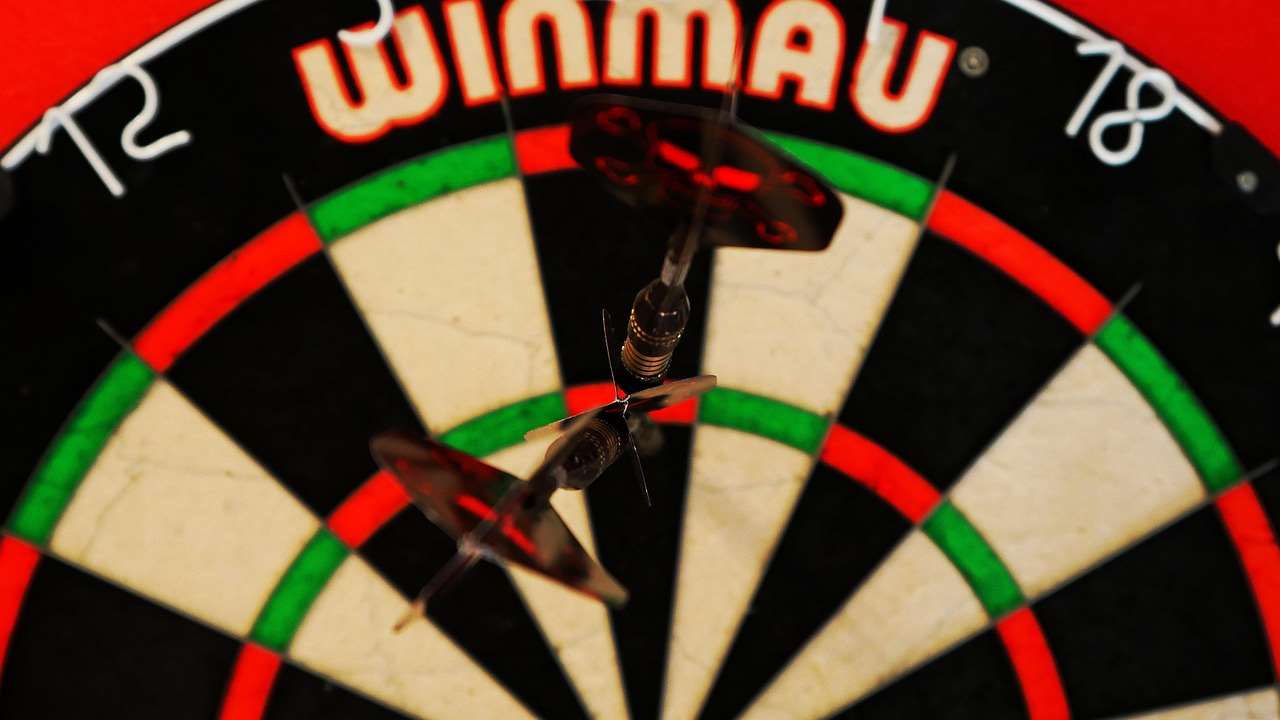
90: Triple 20, Double 15 (T20, D15)
Excellent checkout route. Hitting the T20 leaves D15. Hitting a single 20 leaves 70. Hitting 0 leaves 90 again.
96: Triple 20, Double 18 (T20, D18)
Another brilliant checkout route. Hitting the T20 leaves D18. Hitting a single 20 leaves 76. Hitting 0 leaves 96 again.
100: Triple 20, Double 20 (T20, D20)
A brilliant checkout route. Hitting the T20 leaves D20. Hitting a single 20 leaves 80. Hitting 0 leaves 100 again.
Developing a Checkout Strategy: Beyond the Basic Checkouts Below 100 for 501 Darts
Knowing the checkouts is only half the battle. You also need to develop a strategy for setting them up. This involves understanding which scores to aim for to leave yourself on a favorable number for your next visit.
The Importance of Setup Darts
Often, the dart before your actual checkout attempt is more crucial than the checkout itself. Aim to leave yourself on a checkout that you are comfortable with. For example, if you are on 130, and aiming for T20 leaves 70, a score that you are comfortable checking out. Many players prefer a bullseye finish or double 20.
Understanding Outs
An “out” is a term for the last dart thrown in a game of 501, and it must land on a double or the bullseye. Understanding which numbers are “on an out” is vital for strategic play. Avoid leaving yourself on odd numbers unless you are confident in hitting a single 1 to set up a double.
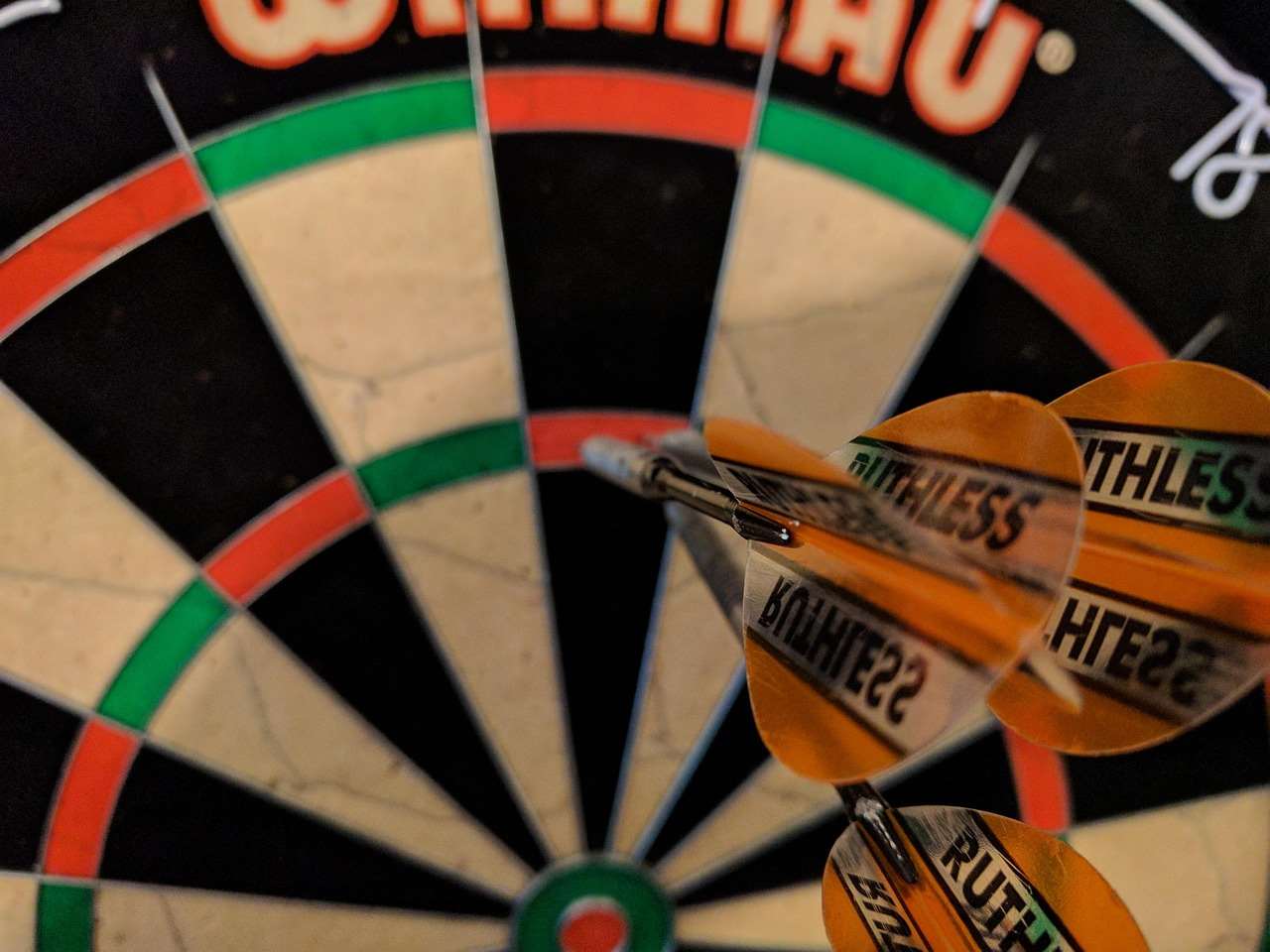
Adapting to the Situation
Your checkout strategy should be flexible and adapt to the situation. If you’re under pressure, choose the checkout you are most comfortable with, even if it’s not the most statistically optimal. It can also be advantageous to look into simplified 501 game rules for novice players to better understand how to approach games.
Practice Drills for Mastering Basic Checkouts Below 100 for 501 Darts
Consistent practice is key to embedding these checkouts into your muscle memory. Here are some effective drills to help you improve:
The “Around the Clock” Checkout Drill
Start at 40 and work your way up to 100, attempting each checkout three times before moving on. This reinforces the combinations and builds consistency.
The “Pressure” Checkout Drill
Simulate game pressure by setting a target score (e.g., 80) and challenging yourself to check out in three darts or less. Time yourself and track your progress.
The “Miss Recovery” Drill
Purposefully miss your first dart on a checkout attempt (e.g., aim for the single 20 instead of the triple 20 on 76). Then, practice recovering and finding an alternative route to the checkout.
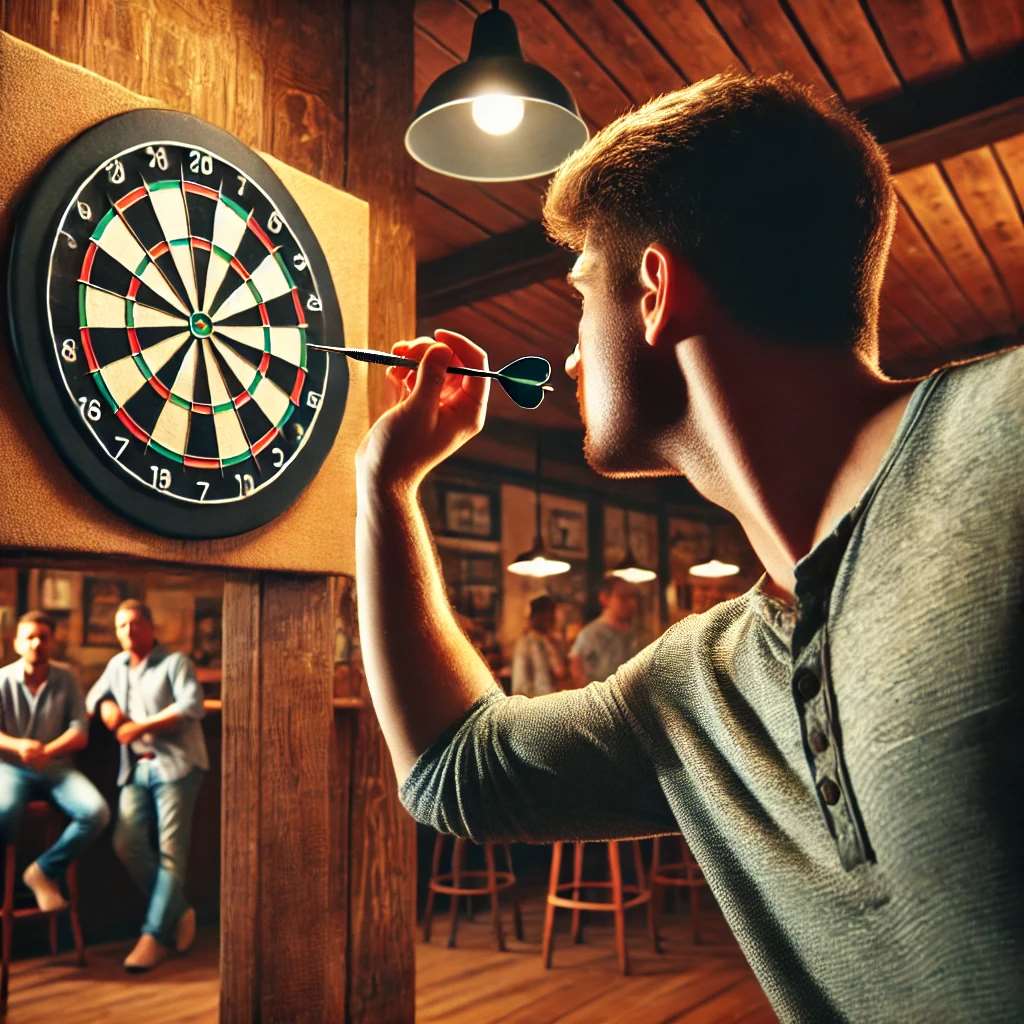
Mental Game: Staying Calm Under Pressure
The mental aspect of darts is often overlooked, but it’s just as important as your technique. Staying calm and focused under pressure can make a huge difference in your checkout success rate.
Visualization Techniques
Before each throw, visualize the dart hitting its target. This helps to focus your mind and improve your accuracy. Imagine hitting that perfect T20 for the basic checkout below 100 for 501 darts.
Breathing Exercises
Take a few deep breaths before each throw to calm your nerves and steady your hand. This can help you to maintain focus and avoid rushing your shot.
Positive Self-Talk
Replace negative thoughts with positive affirmations. Believe in your ability to hit the checkout, even if you’ve missed a few darts.
Choosing the Right Darts and Equipment
Having the right darts and equipment can also contribute to your checkout success. Experiment with different weights, shapes, and grip styles to find what works best for you.
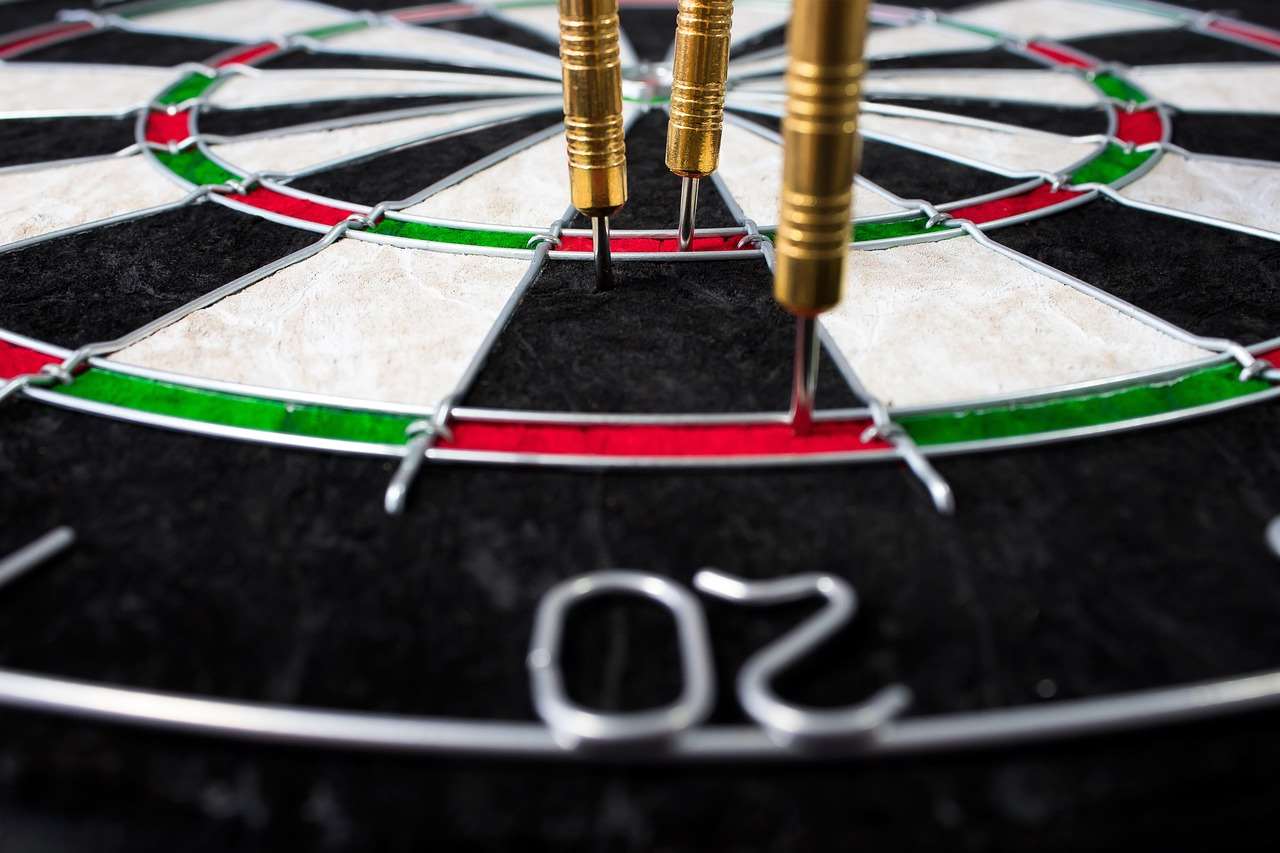
Dart Weight and Balance
The ideal dart weight depends on your personal preference. Heavier darts tend to be more stable in the air, while lighter darts allow for more finesse. Experiment with different weights to find what feels most comfortable and accurate.
Dart Shafts and Flights
The shaft and flight affect the dart’s trajectory and stability. Shorter shafts and smaller flights tend to result in a flatter trajectory, while longer shafts and larger flights provide more stability. Again, try different combinations to find what suits your throwing style.
Advanced Checkout Strategies and Combinations
While mastering the basic checkouts below 100 for 501 darts is essential, exploring more advanced combinations can give you a competitive edge. Here are a few examples:
Using the “Shanghai”
The “Shanghai” is a three-dart combination consisting of a single, double, and triple of the same number. While not a direct checkout, it can be used to leave yourself on a favorable number.
Split Strategies
Sometimes, it’s advantageous to “split” your darts, aiming for different sections of the board to leave yourself on a more manageable number. For instance, if you are on 164, the T20 leaves 104, which is tricky, you can throw a T19 (triple 19) leaving 107 (T20, S19, D14) or T18, leaving 110 (T20, D25).
Looking Beyond the Immediate Checkout
Sometimes, the best strategy is not to go for the immediate checkout, but to set yourself up for a better opportunity on your next visit. This requires foresight and the ability to think several moves ahead.
Conclusion: Mastering the Art of the Checkout
Becoming proficient in basic checkouts below 100 for 501 darts is fundamental to improving your darts game. By learning these key combinations, practicing consistently, developing a strategic mindset, and mastering the mental game, you can significantly increase your checkout success rate and become a more formidable opponent. So, grab your darts, hit the practice board, and start mastering these essential checkouts today. Remember to have fun, experiment, and find what works best for you. Now that you understand the importance of checkouts, practice these and then read up on how to make darts fairer with handicap rules when playing friends and family.
Hi, I’m Dieter, and I created Dartcounter (Dartcounterapp.com). My motivation wasn’t being a darts expert – quite the opposite! When I first started playing, I loved the game but found keeping accurate scores and tracking stats difficult and distracting.
I figured I couldn’t be the only one struggling with this. So, I decided to build a solution: an easy-to-use application that everyone, no matter their experience level, could use to manage scoring effortlessly.
My goal for Dartcounter was simple: let the app handle the numbers – the scoring, the averages, the stats, even checkout suggestions – so players could focus purely on their throw and enjoying the game. It began as a way to solve my own beginner’s problem, and I’m thrilled it has grown into a helpful tool for the wider darts community.